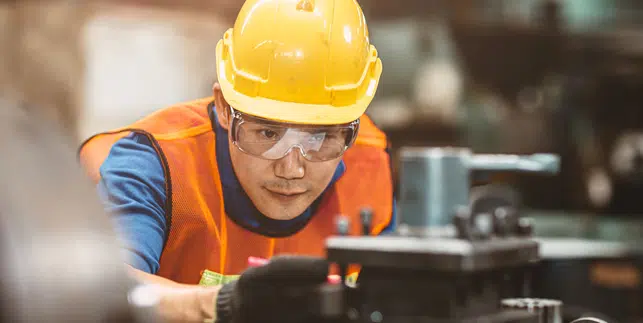Injection molding stands as a cornerstone of modern manufacturing, heralding precision engineering and molding processes that shape the very future of industry. With its versatility, efficiency, and ability to produce complex parts with remarkable precision, injection molding has become indispensable across a multitude of sectors, from automotive and aerospace to healthcare and consumer goods. At its core, injection molding involves injecting molten material, typically thermoplastics, into a mold cavity. Once cooled and solidified, the mold opens to reveal a precisely formed component, ready for assembly or use. This process allows for the production of intricate shapes and geometries with consistent quality and high reproducibility, setting it apart from traditional manufacturing methods. One of the most significant advantages of injection molding lies in its ability to create parts with exceptional precision and accuracy. The molds used in this process are precisely machined to exact specifications, ensuring that each component meets tight tolerances and conforms to the desired design parameters. This level of precision is crucial in industries where even the slightest deviation can lead to product failure or compromised performance.

Moreover, injection molding companies offers unparalleled efficiency, enabling high-volume production at rapid speeds. Once the initial tooling is complete, the actual molding process is highly automated, minimizing labor costs and cycle times. With modern advancements such as robotic automation and real-time monitoring systems, manufacturers can achieve unparalleled levels of productivity and cost-effectiveness. The versatility of injection molding further underscores its importance in shaping the future of manufacturing. From small, intricate components to large, complex assemblies, injection molding can accommodate a wide range of part sizes and geometries. This flexibility allows manufacturers to consolidate multiple parts into a single molded component, reducing assembly time, minimizing waste, and optimizing overall product performance. Furthermore, injection molding supports the use of a diverse range of materials, including engineering-grade thermoplastics, elastomers, and even bio-based polymers. This versatility enables manufacturers to tailor material properties to meet specific performance requirements, whether it be strength, durability, chemical resistance, or biocompatibility.
As sustainability becomes an increasingly pressing concern, the ability to utilize recycled or biodegradable materials further enhances the appeal of injection molding as an eco-friendly manufacturing solution. In recent years, advancements in technology have propelled injection molding into new frontiers, pushing the boundaries of what is possible in terms of design complexity, material innovation, and process optimization. Additive manufacturing techniques, such as 3D printing, are being integrated into traditional injection mold manufacturing processes, allowing for the rapid prototyping of molds and the creation of customized tooling with unprecedented speed and cost-effectiveness. Moreover, the advent of smart manufacturing technologies, including IoT-enabled sensors, data analytics, and machine learning algorithms, is revolutionizing the way injection molding is performed. Real-time monitoring of process variables, predictive maintenance algorithms, and adaptive control systems are enhancing efficiency, quality, and reliability while minimizing downtime and waste. As we continue to push the boundaries of what is possible, injection molding will remain at the forefront of innovation, driving progress and shaping the industrial landscape for years to come.